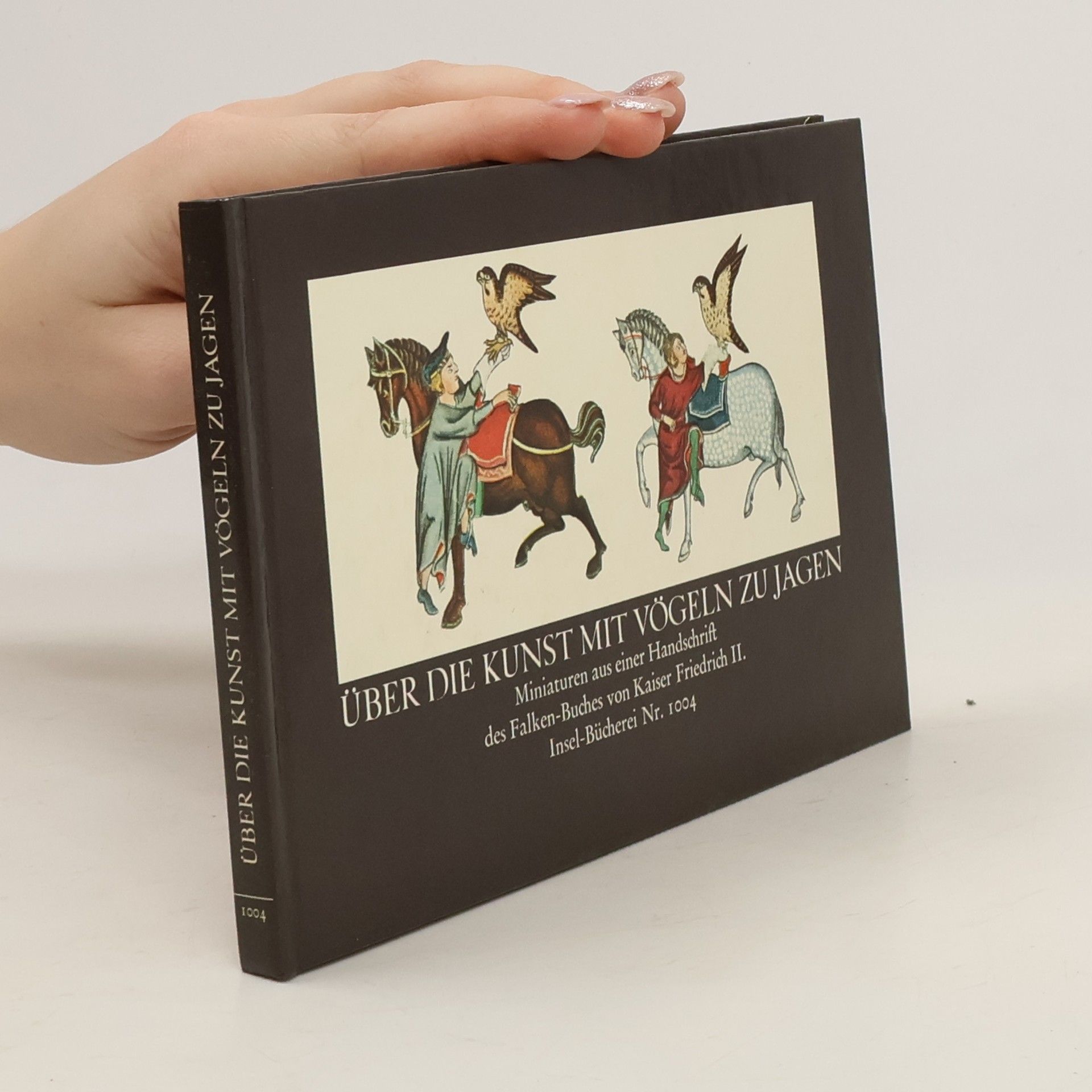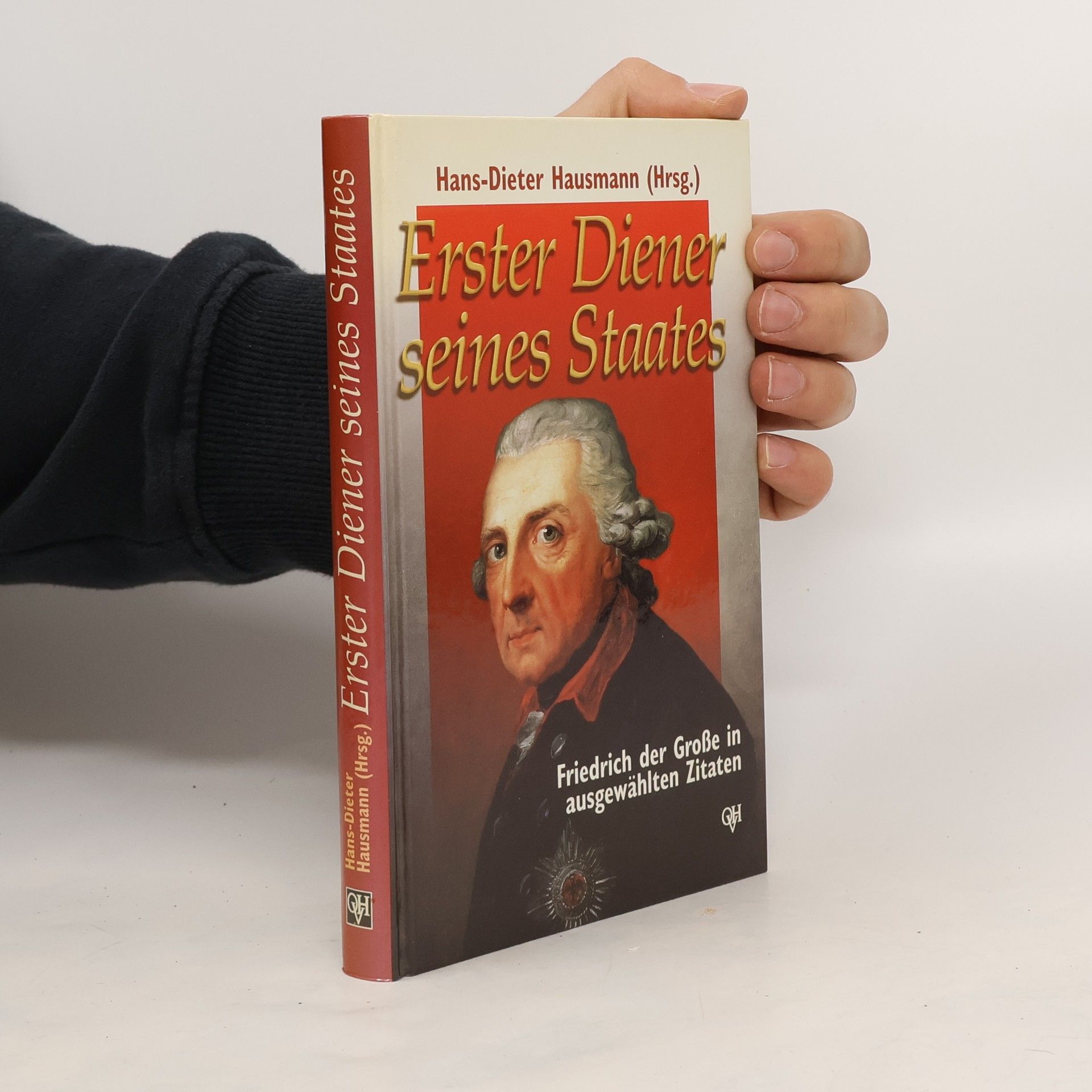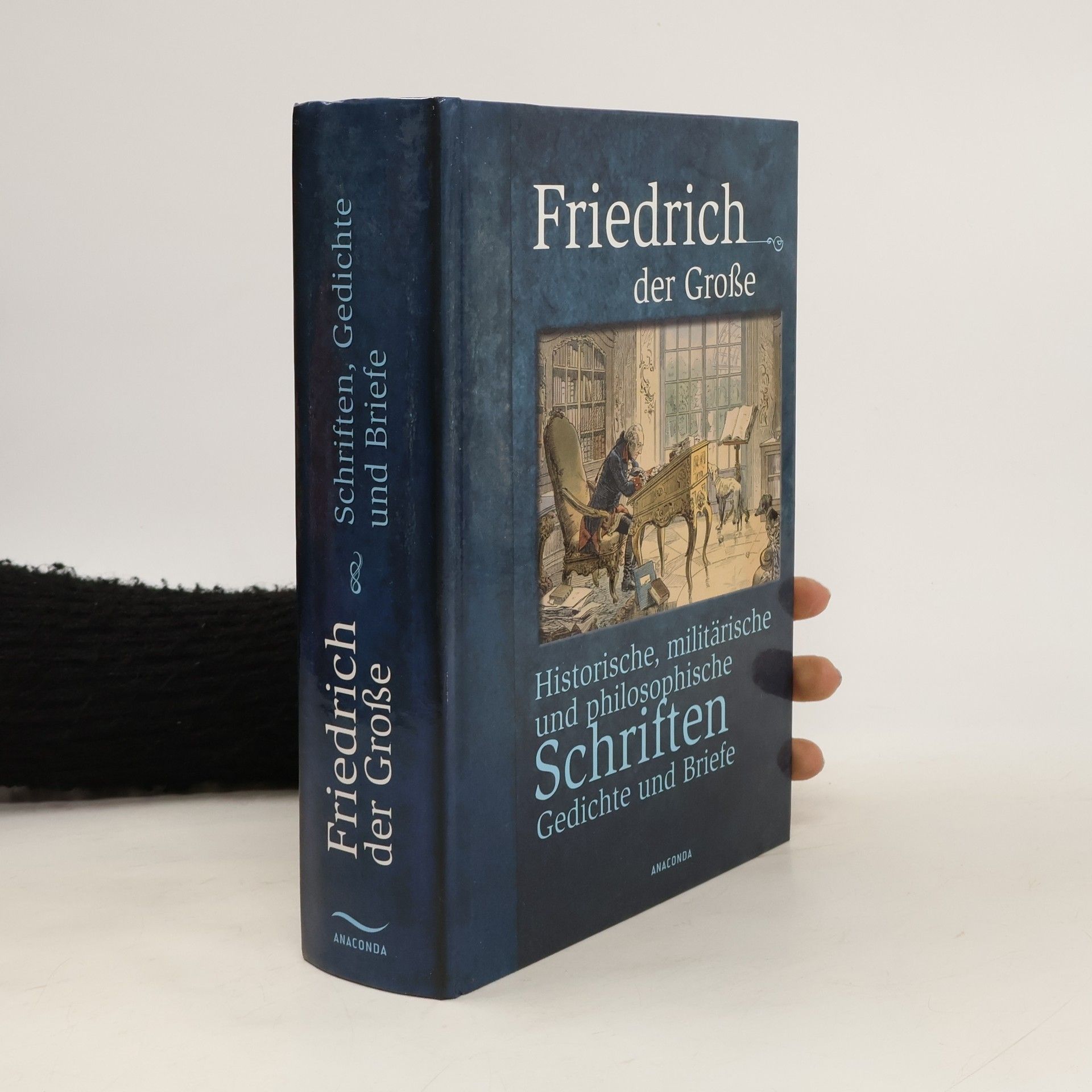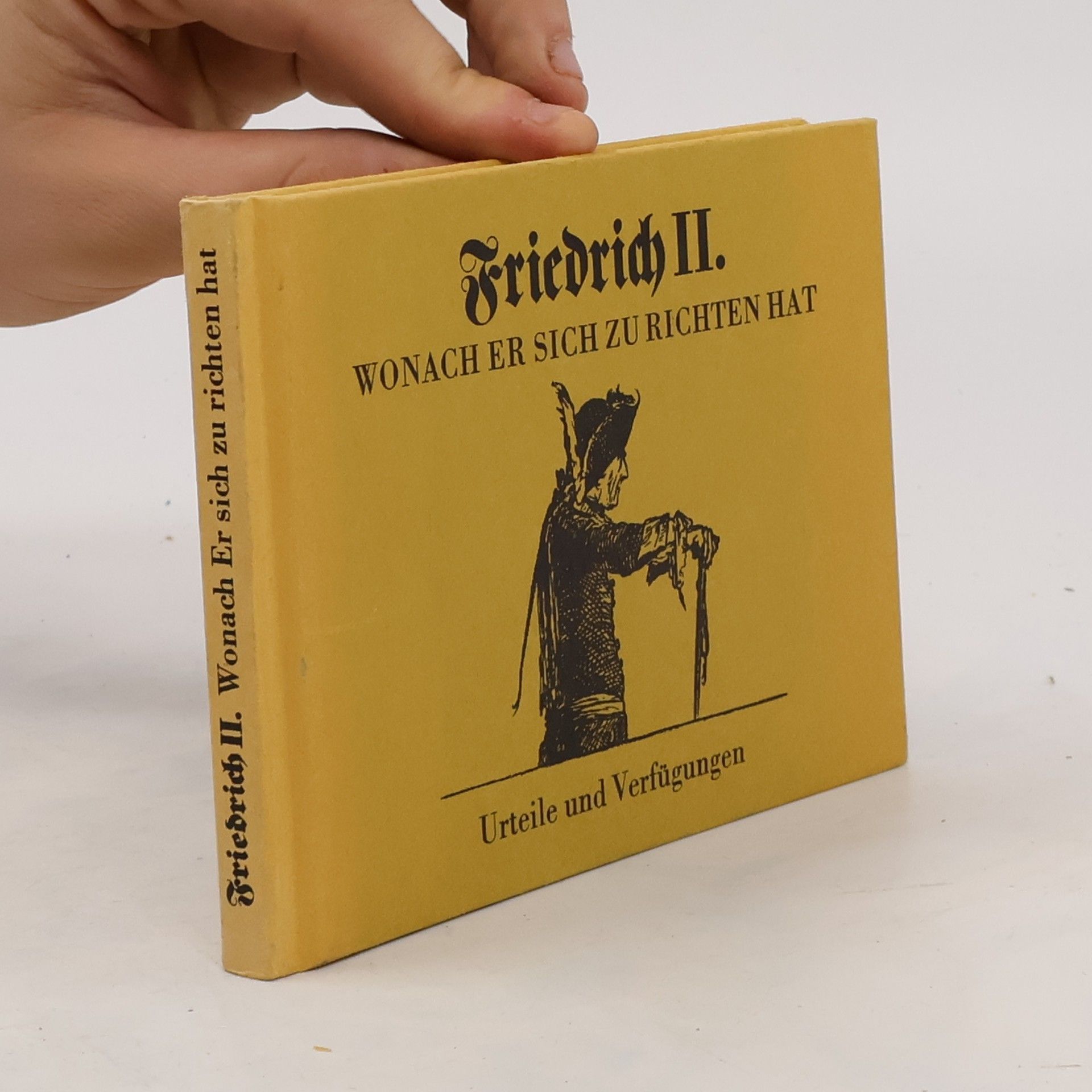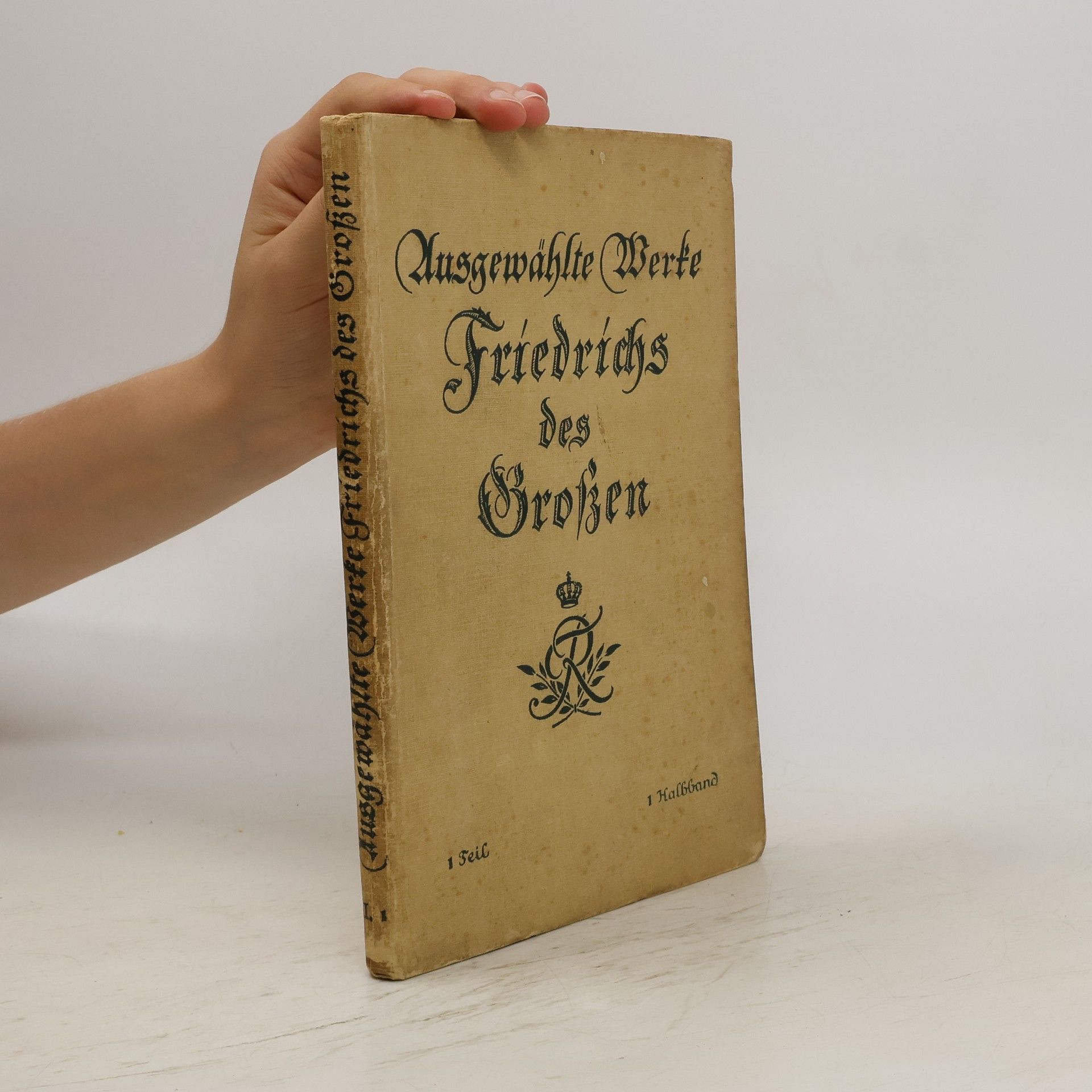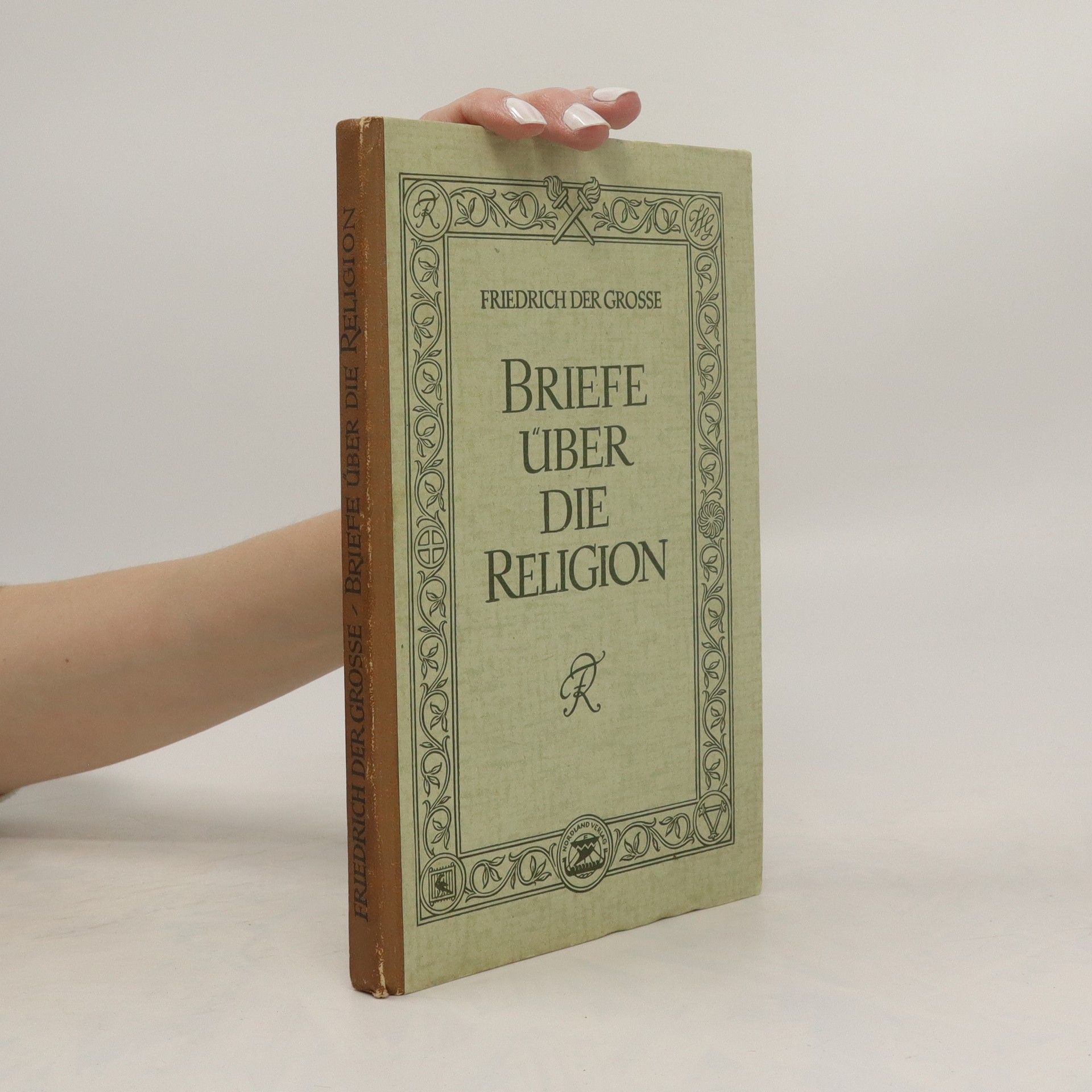Wonach er sich zu richten hat
- 112 pages
- 4 hours of reading
Friedrich II. war eine Ausnahme unter den Königen seiner Zeit. Wo fand man einen Monarchen, der wie ein Eremit lebte? Der aufstand, wenn andere Herrscher zu Bett gingen? Der sein Vergnügen nicht im Ballsaal oder am Spieltisch, sondern in der Unterhaltung und in der Erfüllung seiner Pflichten sah? Es gehörte auch zu den Eigenheiten des friderizianischen Regierungsstils, daß alles über seinen Schreibtisch ging - das Wichtige wie das Unwichtige, das Ernste wie das Lächerliche. Die Verfügungen, die Friedrich an den Rand der Akten kritzelte, die Kabinettsordern und Briefe sind eine fesselnde Lektüre. Sie zeigen einen klugen, pragmatischen Kopf, dem niemand ein X für ein U vormachte, einen Denker von sprachlicher Originalität und manchmal geistreicher Bosheit.


